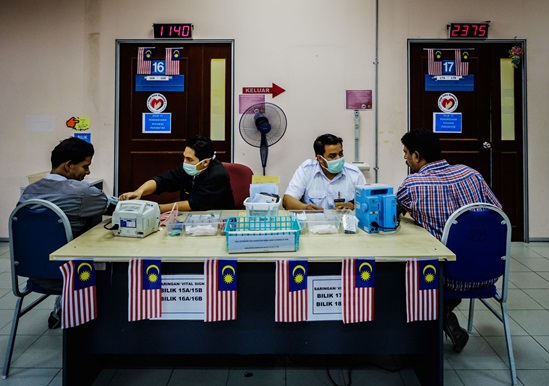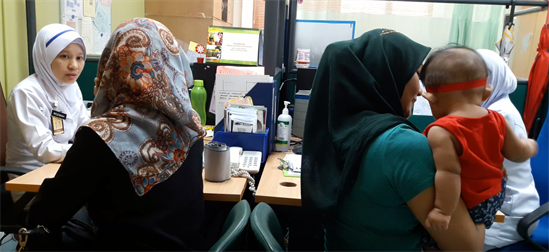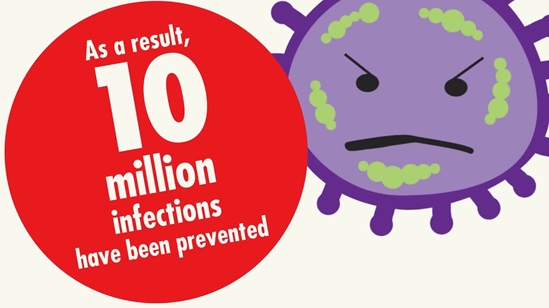
Reduction of chronic hepatitis B
Overview
WHO Western Pacific Region has led the way in hepatitis B virus (HBV) control. It is the first of WHO’s six Regions to establish a time-bound goal to reduce childhood chronic infection rates. In 2005, during the fifty-sixth session of the Regional Committee for the Western Pacific, all Member States unanimously adopted a regional goal to reduce the prevalence of hepatitis B infection to less than 1% among young children. A milestone to reduce prevalence to less than 2% was set for 2012.
In 2013, the sixty-fourth Regional Committee resolved to meet the goal of reducing HBV infection in children to less than 1% prevalence by 2017. The number of children infected with HBV in the Western Pacific Region decreased dramatically after the introduction of the hepatitis B vaccine. In many countries where more than 8% of people were living with chronic hepatitis B, the prevalence of infection in children born recently has been reduced to a level at which less than 2 out of 100 children are infected.
Key facts
21 countries verified for <1% reduction of hepatitis B prevalence among 5 years old children.
7 million deaths have been averted by hepatitis B immunization programmes between 1990 and 2014 in the Western Pacific Region.
<1% The Western Pacific Region has achieved the goal of reducing chronic hepatitis B to <1% among children












